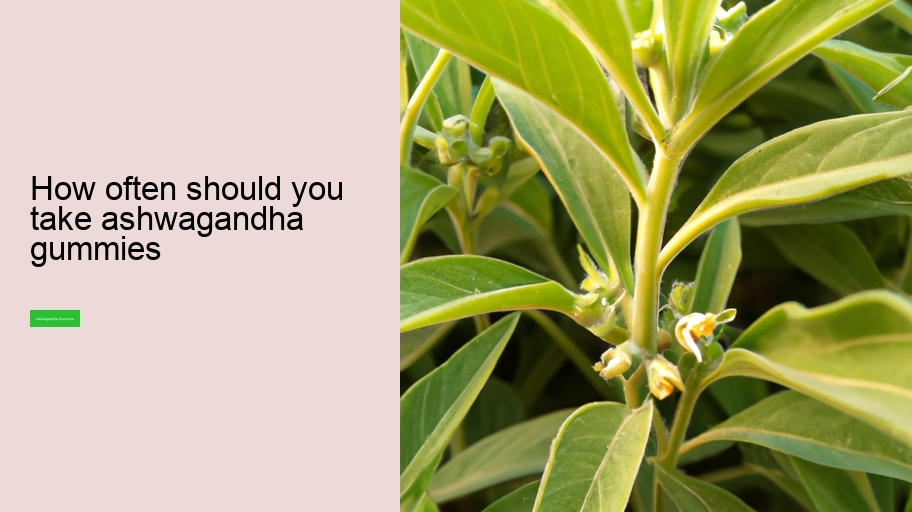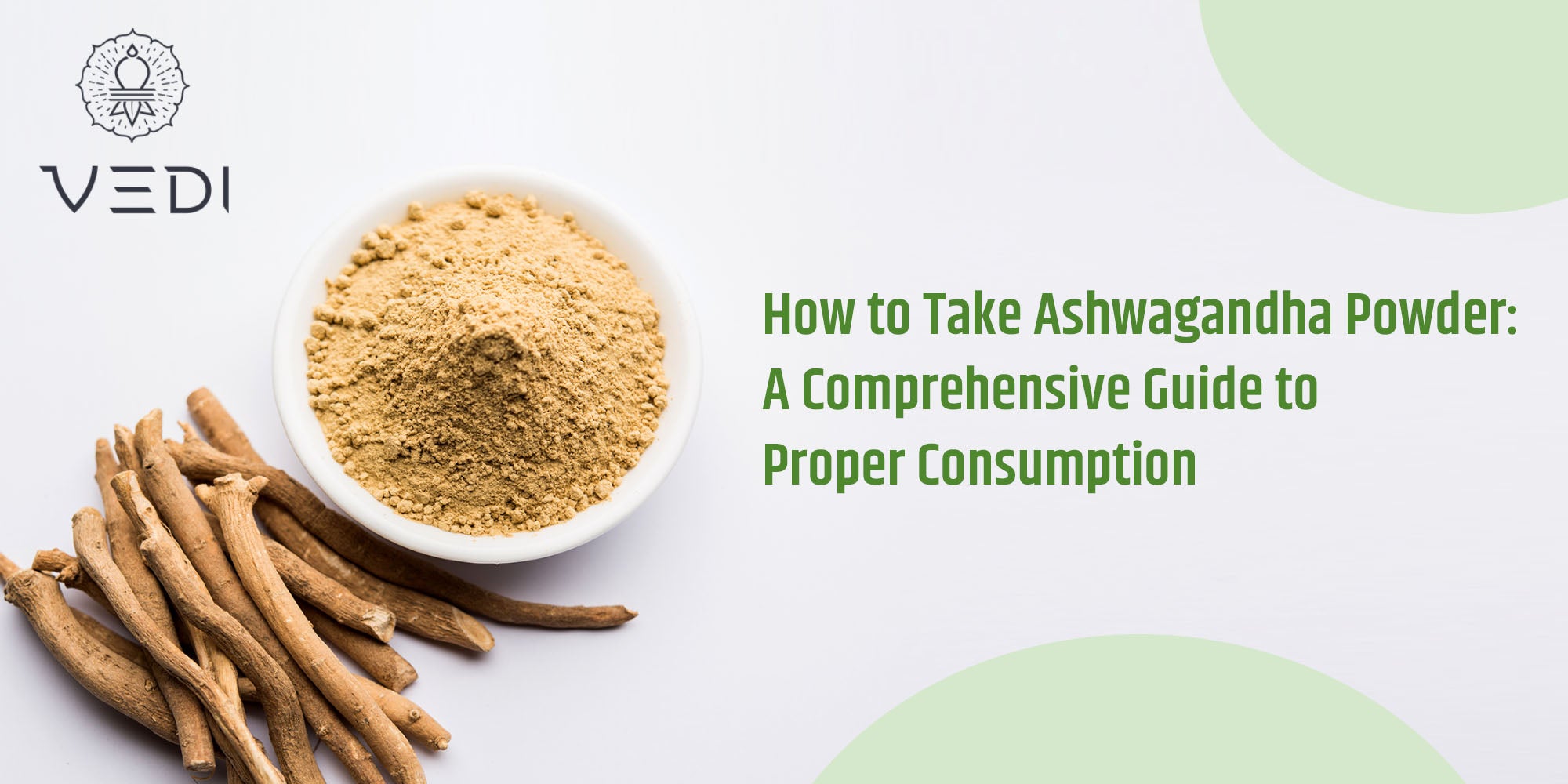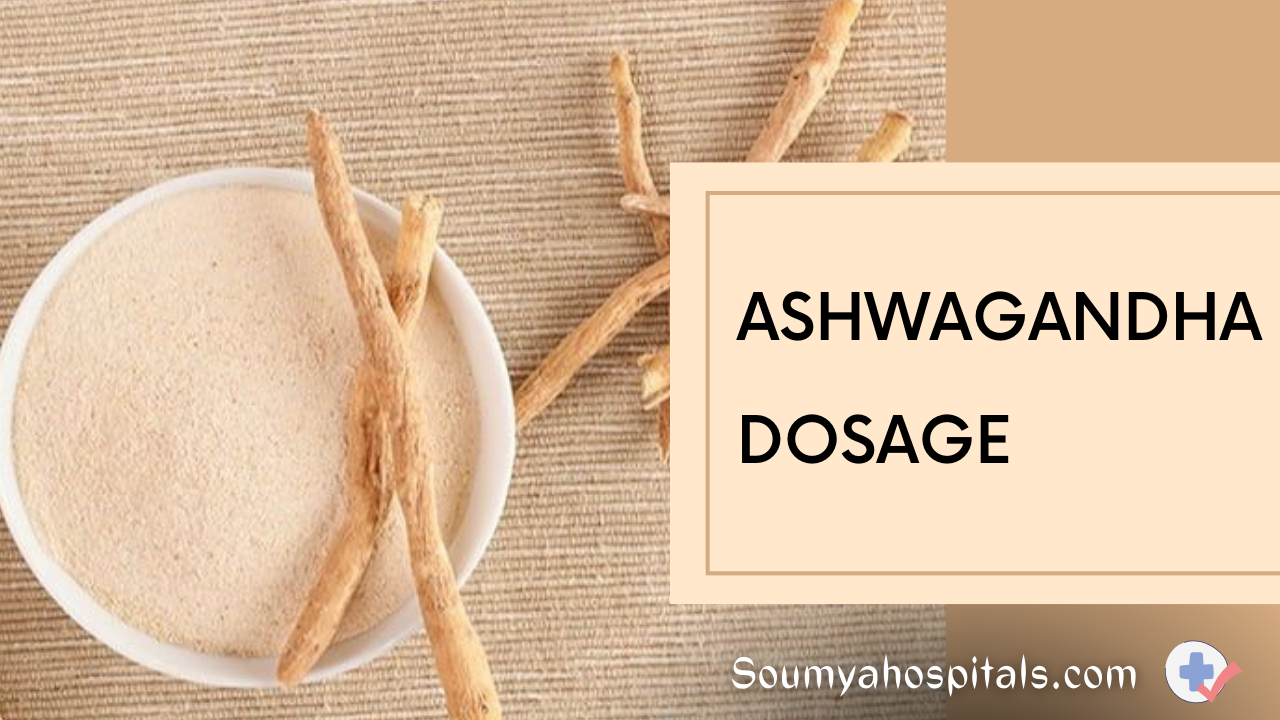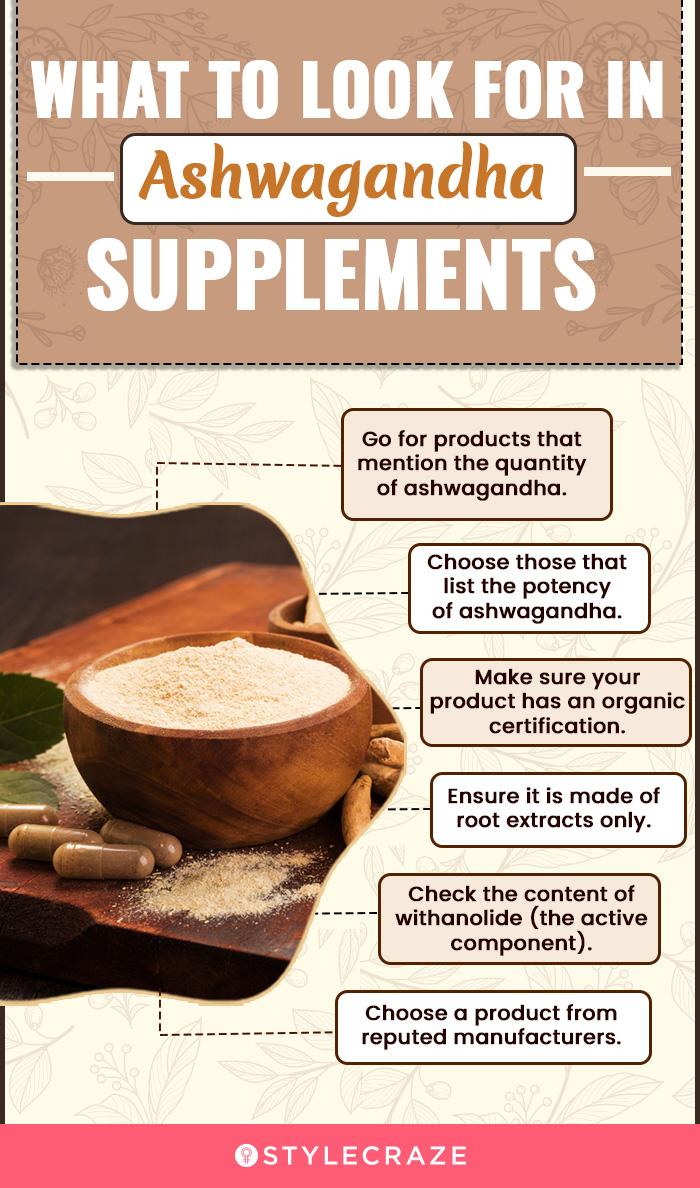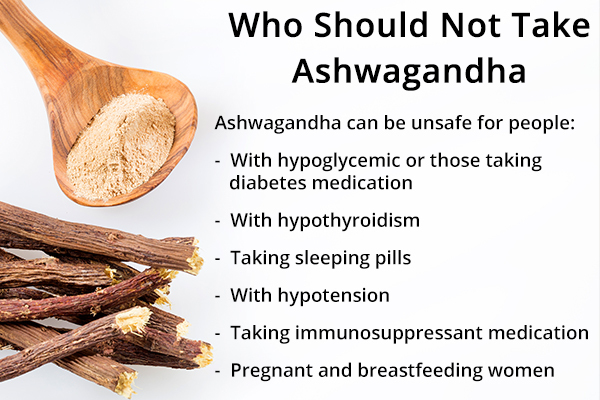How Long Should You Take A Break From Ashwagandha

Ashwagandha, a popular adaptogen, shouldn't be taken indefinitely without breaks. Experts are increasingly recommending cycling on and off this supplement to maintain its effectiveness and minimize potential side effects.
This article dives into the crucial question of how long those breaks should be, providing actionable insights for those incorporating ashwagandha into their wellness routine, ensuring it continues to deliver benefits safely and effectively.
The Case for Cycling Ashwagandha
Long-term, uninterrupted use of ashwagandha can lead to reduced efficacy, a phenomenon known as tolerance. Think of it like your body getting accustomed to a caffeine boost – eventually, you need more to achieve the same effect.
Cycling aims to prevent this. It involves taking ashwagandha for a specific period, followed by a break, allowing your body to reset and remain responsive to its effects.
Understanding Potential Side Effects
While generally considered safe, ashwagandha can cause side effects in some individuals, particularly with prolonged use. These may include digestive issues, such as nausea or diarrhea.
In rare cases, more serious side effects like liver problems have been reported, although causality isn't always definitively established. Cycling provides a built-in opportunity to monitor for and address any adverse reactions.
Individuals with pre-existing thyroid conditions should be especially cautious, as ashwagandha can impact thyroid hormone levels. Consulting a healthcare professional is crucial before starting any ashwagandha regimen.
Determining the Ideal Cycle Length
There's no one-size-fits-all answer, but a commonly recommended approach is to cycle ashwagandha for 6-8 weeks. This is followed by a break of 2-4 weeks.
This allows the body time to clear the compound and restore its sensitivity. However, this timeframe can be adjusted based on individual needs and experiences.
Factors like dosage, individual response, and the specific type of ashwagandha extract used (e.g., KSM-66) can influence the optimal cycle length.
Listening to Your Body
Paying close attention to how your body responds is paramount. Are you still experiencing the desired benefits, such as reduced stress and improved sleep?
Have you noticed any unwanted side effects? These are key indicators that can help you determine whether to shorten or lengthen your cycle or break.
If you experience any adverse reactions, discontinue use immediately and consult with a healthcare provider.
Expert Recommendations
Many herbalists and integrative medicine practitioners advocate for cycling ashwagandha. They emphasize the importance of individualization.
Dr. Brenda Powell, a leading herbalist, suggests starting with a shorter cycle, such as 4 weeks on and 2 weeks off, especially for those new to ashwagandha.
She also recommends keeping a journal to track your experiences, noting both benefits and any potential side effects. This data will help you fine-tune your approach.
Dosage Considerations
The recommended dosage of ashwagandha typically ranges from 300-500 mg per day, often divided into two doses. Sticking to this range is crucial.
Higher doses may increase the risk of side effects. Always follow the manufacturer's instructions or the advice of your healthcare provider.
The form of ashwagandha also matters. Standardized extracts like KSM-66 are preferred due to their consistent potency and well-researched benefits.
What Happens During the Break?
The break period is just as important as the on-cycle. This is when your body can re-sensitize to ashwagandha's effects.
During this time, continue to prioritize healthy habits, such as a balanced diet, regular exercise, and stress management techniques. These will help maintain your overall well-being.
You might consider incorporating other adaptogens with different mechanisms of action during the break to continue supporting your body's stress response.
Maintaining a Holistic Approach
Ashwagandha is a powerful tool, but it's not a magic bullet. It works best when combined with a holistic approach to health.
This includes addressing underlying issues, such as chronic stress, poor sleep, or nutritional deficiencies. Don't rely solely on ashwagandha to fix these problems.
Focus on creating a sustainable lifestyle that supports your overall well-being. Think of Ashwagandha as supplemental support.
Next Steps and Ongoing Developments
More research is needed to fully understand the long-term effects of ashwagandha and the optimal cycling strategies. Clinical trials investigating different cycle lengths and dosages are ongoing.
Stay informed by consulting reputable sources and healthcare professionals. Remember, individual responses vary, so personalization is key. The information included in the article is not intended to substitute professional medical advice.
Always consult with your doctor or a qualified healthcare provider before starting any new supplement regimen, especially if you have any underlying health conditions or are taking medications.
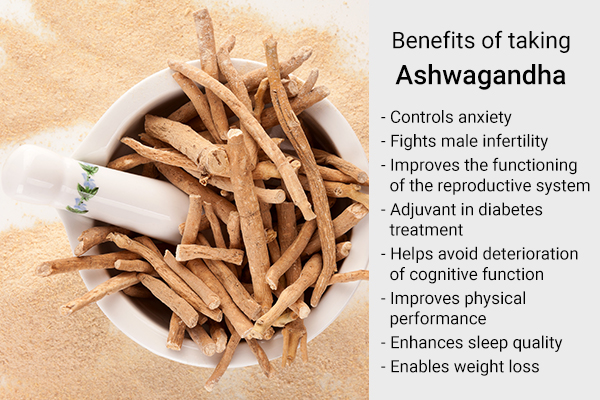







:max_bytes(150000):strip_icc()/ashwagandha_v2-79ac47d89d654714b9bd8aebaa5f57fb.png)
